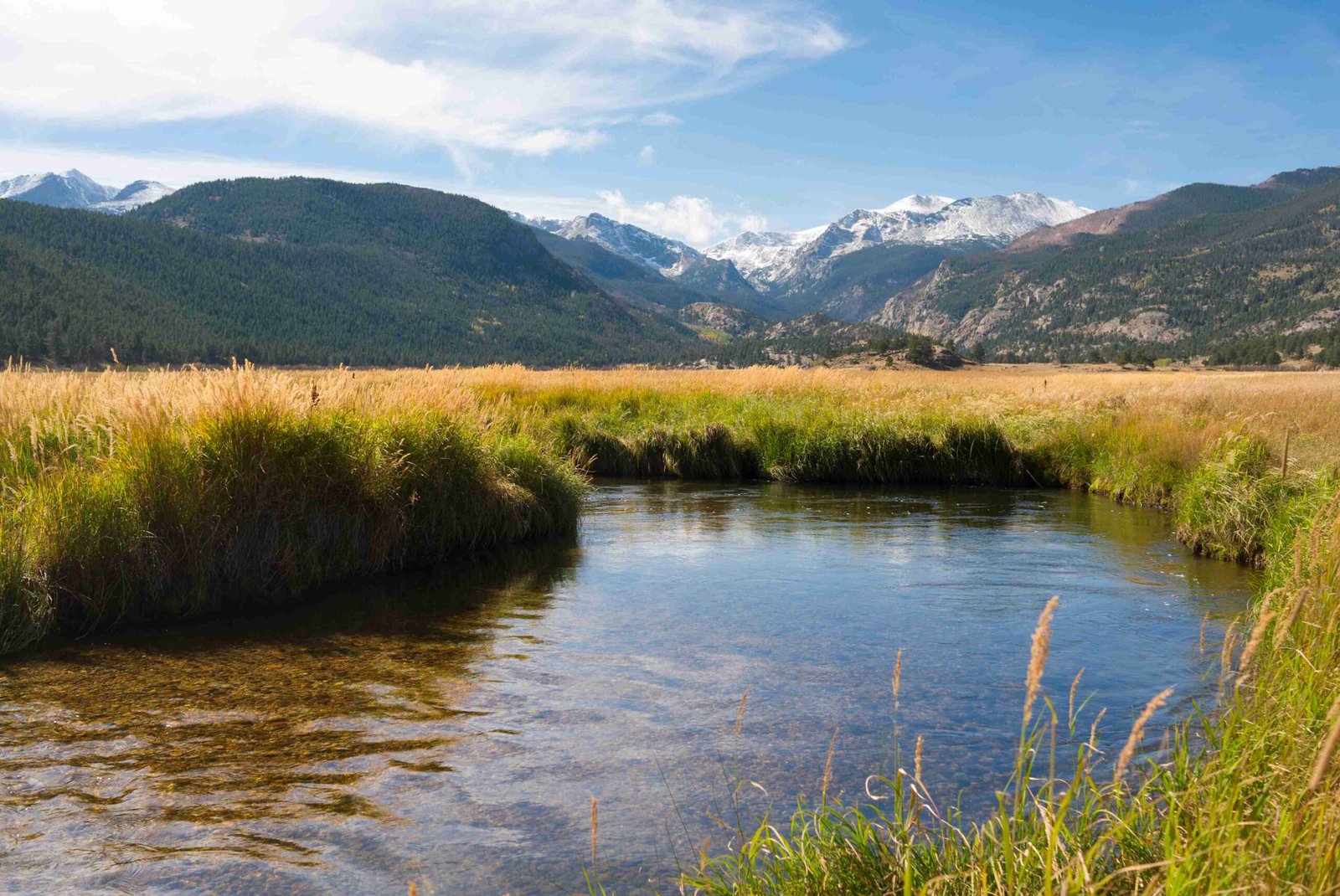The Crystal Lake hike in Rocky Mountain National Park is a strenuous 16.6-mile round-trip adventure with a 3,200-foot elevation gain. This challenging trail offers breathtaking views of alpine landscapes, pristine lakes, and diverse wildlife. Starting at the Lawn Lake Trailhead, hikers traverse through forests, meadows, and rocky terrain before reaching the stunning Crystal Lake. The hike’s difficulty, combined with its natural beauty, makes it a sought-after experience for experienced hikers in Rocky Mountain National Park.
What Makes Crystal Lake Hike Challenging?

The Crystal Lake hike is rated as hard or strenuous due to several factors:
- Significant elevation gain (3,200 feet over 16.6 miles)
- Long distance (16.6 miles round-trip)
- Varied terrain (forests, meadows, rocky areas)
- Exposure to changing weather conditions
- High altitude (above treeline for portions of the hike)
These elements combine to create a physically demanding hike that requires good fitness, proper preparation, and ample time to complete safely.
What is the Trail Route for Crystal Lake Hike?

The Crystal Lake hike follows this general route:
- Start at Lawn Lake Trailhead
- Hike to Lawn Lake (6.2 miles)
- Continue on Crystal Lake Trail (2.1 miles)
- Pass Little Crystal Lake
- Reach Crystal Lake
- Return via the same route
Key landmarks along the way include:
- Junction with Black Canyon Trail
- Lawn Lake patrol cabin
- Lawn Lake campground
- Little Crystal Lake
What are the Best Times to Hike Crystal Lake?
The optimal time to hike Crystal Lake depends on various factors:
| Season | Pros | Cons |
|---|---|---|
| Summer (June-September) | – Best weather – Wildflowers in bloom – Most accessible |
– Crowded – Afternoon thunderstorms |
| Late Spring/Early Fall | – Fewer crowds – Mild weather |
– Possible snow on trail – Colder temperatures |
| Winter | – Solitude – Snow-covered scenery |
– Extremely challenging – Requires winter hiking skills |
For most hikers, late June to early September offers the best balance of accessibility and weather conditions. However, be prepared for afternoon thunderstorms, especially in July and August.
What Should Hikers Pack for Crystal Lake Hike?
Given the length and difficulty of the Crystal Lake hike, proper preparation is crucial. Here’s a list of essential items to pack:
- Plenty of water (at least 3 liters per person)
- High-energy snacks and lunch
- First aid kit
- Navigation tools (map, compass, GPS)
- Sun protection (sunscreen, hat, sunglasses)
- Layers of clothing (including waterproof jacket)
- Sturdy hiking boots
- Trekking poles (optional but recommended)
- Emergency shelter (e.g., emergency blanket)
- Headlamp or flashlight
Remember to pack out all trash and follow Leave No Trace principles to preserve the natural beauty of the park.
How Can Hikers Prepare for High Altitude?
The Crystal Lake hike reaches high altitudes, which can affect hikers not accustomed to the elevation. Here are some tips to prepare:
- Acclimatize: Spend a day or two at lower elevations in the park before attempting this hike.
- Stay hydrated: Drink plenty of water before and during the hike.
- Take it slow: Maintain a steady pace and take frequent breaks.
- Know the symptoms: Be aware of altitude sickness symptoms (headache, nausea, dizziness).
- Turn back if necessary: Don’t hesitate to descend if you experience severe symptoms.
What Wildlife Might Hikers Encounter?
The Crystal Lake area is home to diverse wildlife. Hikers might encounter:
- Moose
- Elk
- Mule deer
- Bighorn sheep
- Marmots
- Pikas
- Various bird species
Always maintain a safe distance from wildlife and never feed animals. Be particularly cautious around moose, which can be aggressive if they feel threatened.
How Can Hikers Practice Responsible Tourism?
To preserve the natural beauty of Rocky Mountain National Park and ensure a positive experience for all visitors, hikers should:
- Stay on designated trails
- Pack out all trash (including biodegradable items)
- Respect wildlife and maintain safe distances
- Use established campsites if backpacking
- Follow fire regulations and restrictions
- Be considerate of other hikers
- Obtain necessary permits for overnight stays
By following these guidelines, hikers can help protect the fragile alpine ecosystem and ensure that future generations can enjoy the beauty of Crystal Lake.
What are the Emergency Procedures for Crystal Lake Hike?
Given the remote nature and difficulty of the Crystal Lake hike, it’s essential to be prepared for emergencies:
- Inform someone of your hiking plans and expected return time.
- Carry a fully charged cell phone, but be aware that coverage may be limited.
- Know how to use your navigation tools (map, compass, GPS).
- Familiarize yourself with the symptoms of altitude sickness and hypothermia.
- In case of severe weather, seek lower ground immediately.
- For serious emergencies, call 911 or use the park’s emergency number.
Remember, the best emergency plan is prevention through proper preparation and making conservative decisions on the trail.
The Crystal Lake hike in Rocky Mountain National Park offers a challenging and rewarding experience for experienced hikers. With proper preparation, respect for the environment, and an appreciation for the journey, this hike can provide unforgettable memories of Colorado’s stunning alpine landscapes.
References:
1. Handstands Around the World – Rocky Mountain National Park Hikes: Lawn and Crystal Lakes
2. Lit Wick – Rocky Mountain National Park’s Lawn Lake
3. National Park Service – Suggested Hikes – Rocky Mountain National Park

